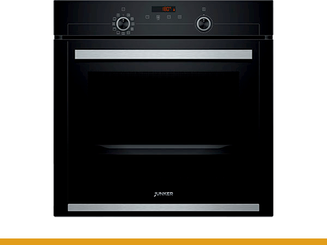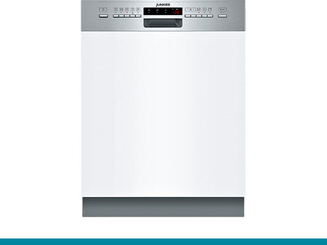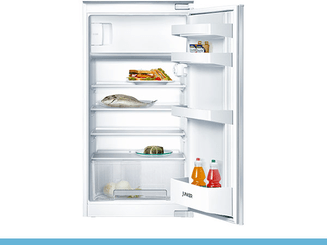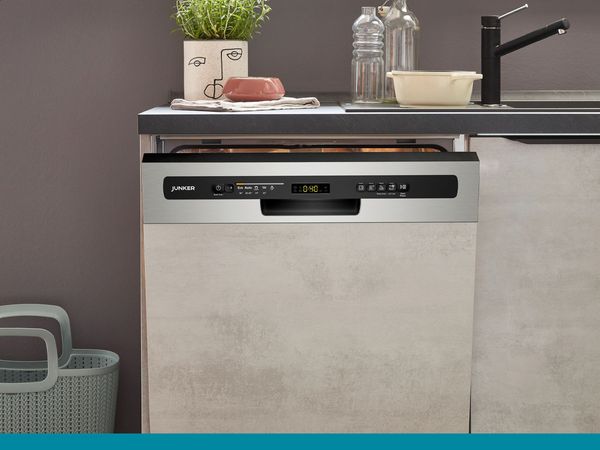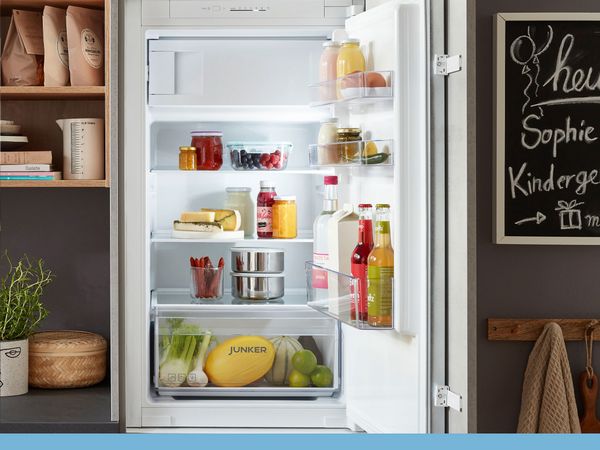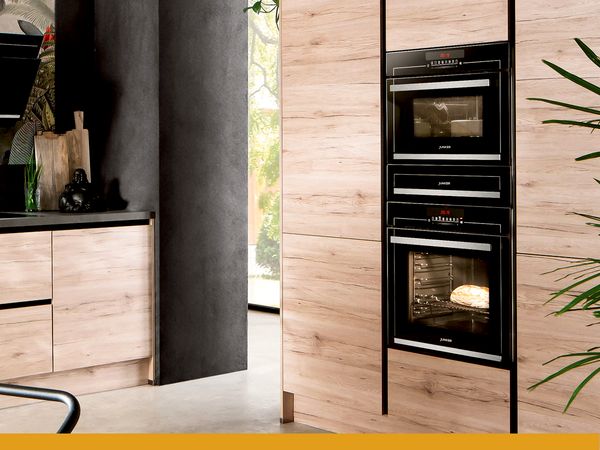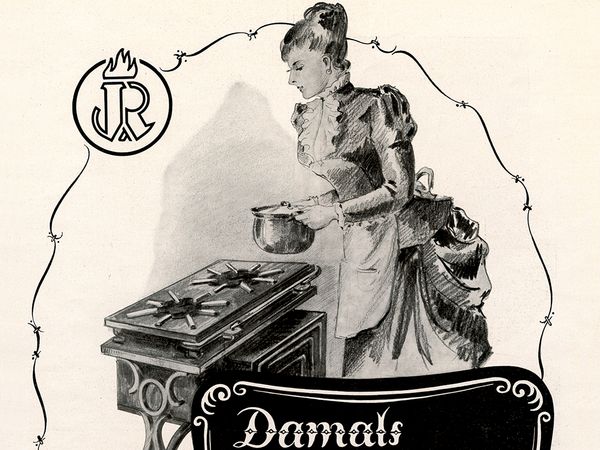SEIT VIELEN JAHREN NUR BEI NOBILIA: JUNKER EINBAUGERÄTE, EXKLUSIVITÄT, DIE ÜBERZEUGT.
Wenn bewusstes Kochen oder Backen als Entspannung dient, dabei der Duft frischer Lebensmittel um die Nase weht und die Gläser etwas mehr strahlen als gewohnt, dann sind Sie in Ihrem Wohlfühlzuhause angekommen. Mit JUNKER Einbaugeräten und Küchen von nobilia – eine exklusive Partnerschaft seit mehr als 10 Jahren.
Eine Exklusivität, die wir immer wieder mit innovativen Technologien und Design Trends aufzeigen. Entdecken Sie die 2in1 Kochfelder mit integriertem Dunstabzug oder den Backofen im schwarzen Design mit Dampfunterstützung, die Kühl-Gefrierkombination mit No Frost System und viele weitere Produkte. Lassen Sie sich begeistern von der Qualität der JUNKER Einbaugeräte und dem ausgezeichneten Kundendienst, der Ihnen kompetent zur Seite steht. Mit nobilia und JUNKER Einbaugeräten für neue Küchen oder Küchenmodernisierung – zuverlässig, kompetent, online oder persönlich im Handel.






